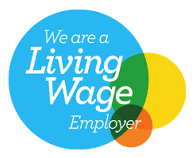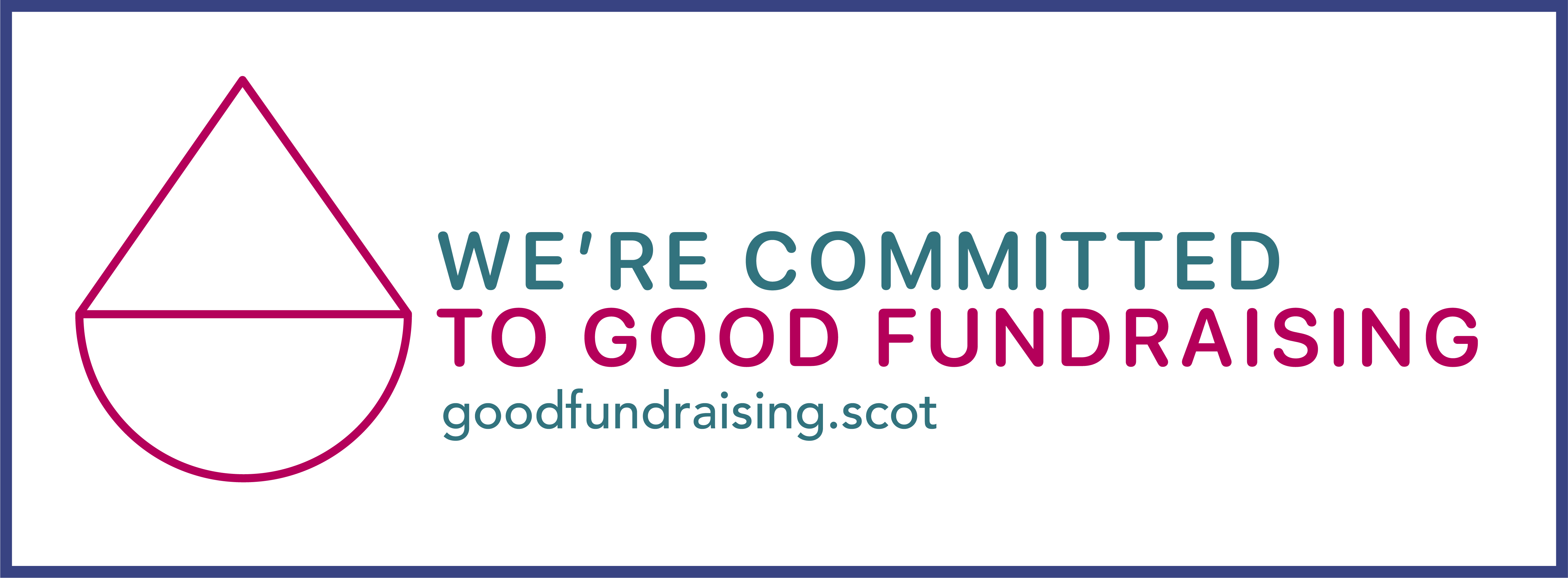BLOG | The scary portrayal of mental health in horror
31st October 2023
As a child I was terrified of horror movies. Growing up in a highly religious home I genuinely believed that the particularly 80s flavour of horror, which leaned heavily on demonic possession for the scares, appeared to be all too possible. Up to an age way older than I am prepared to admit I hid, terrified, if anyone near me was watching a horror film.
Now, 30 years on, I have become a horror aficionado, and write horror stories myself. My change in attitude came partly from the process of maturation that we all go through, but also partly from confronting my own deeply hidden fears. Once I had started working through my subconscious fears with the aid of a trained therapist, I found an unexpected benefit was that could I not only watch horror, but that I actively wanted to. Even when it was dark.
It was as though by confronting the things internally that scared me most, terrors (real or imagined) that I had sometimes burdened myself with since childhood, I was able to confront external fears too. I began to understand that, as a genre, horror has some real potential to help us explore the unknown – in the wider world and in ourselves. As a genre rich in metaphor, we can all have our own individual readings and find our own meanings and resonances within horror films, books and TV, much in the same way as we can with poetry.
However, horror has come in for rightful criticism for being a particularly ableist genre, and nowhere is this more apparent than with mental health. It is full of unhelpful tropes: the mad woman in the attic, cemented in popular culture by Charlotte Bronte’s gothic novel Jane Eyre; the well-worn stereotypical patient escaped from an asylum, as seen in the long running Halloween franchises; and mental disability personified by the violent Leatherface in The Texas Chainsaw Massacre, now also a franchise.
It amazes me that in thrillers and serial killer movies, the detective emerging from a bathroom and proclaiming someone is on anti-depressants is seen as proof that they are dangerously unbalanced. In this modern day, why can’t we take this fact to mean that they are someone who is under professional care, and supported in managing their condition? Rather than seeing this person as brave enough to confront and deal with their demons, and strong enough to ask for help – a positive if ever there was one.
We know from our friends at SeeMe, Scotland’s national anti-stigma charity, that 71% of people have experienced mental health stigma and 44% of people in Scotland have witnessed someone experiencing mental health stigma. This translates into 31% of people stopping themselves from speaking out about their mental health experiences because they are afraid of how they will be judged. When the the act of taking medication is framed as dangerous, betraying an old fashioned and inappropriate moral diagnosis in public consciousness around mental health, it entrenches and encourages attitudes which can be harmful for people who could benefit from help and support.
The boundary-pushing traits of horror can be used as a positive. In this very ableist genre we’ve already seen a few horror films take a more positive approach to disability, such as Netflix’s Birdbox where being blind was likely to increase your survival chances. In The Quiet Place Part 2, a hearing-impaired child is the person most able to lead a revolt against alien invaders. However, the only horror movie I’m aware of where mental illness is not a total negative is M. Night Shyamalan’s Split.
In Split, Anna Taylor-Joy's Casey builds a moment of connection with her captor, Kevin Crumb, after he sees her self-harm scars. Recognising someone who has also suffered, and understands his own suffering somewhat, softens him and he spares her life. This possible moment of redemption though is rather ruined by the fact that through the rest of the film Crumb, played brilliantly by James McAvoy, has the controversial diagnosis of split personality syndrome, which is portrayed in a cartoonish way that unfortunately digs deeper into negative tropes of mental health problems.
It is a shame that a genre that has so much potential to help people to confront and deal with the scary and frightening parts of life, whether it is a fear of clowns (Stephen King’s IT) or dealing with grief (Pet Semetary to Midsommar), has not yet fully embraced portraying mental health problems with the compassion and understanding that they deserve.
Mairi is Senior Public Affairs Officer at SAMH and, in her spare time, is a writer and podcaster.

